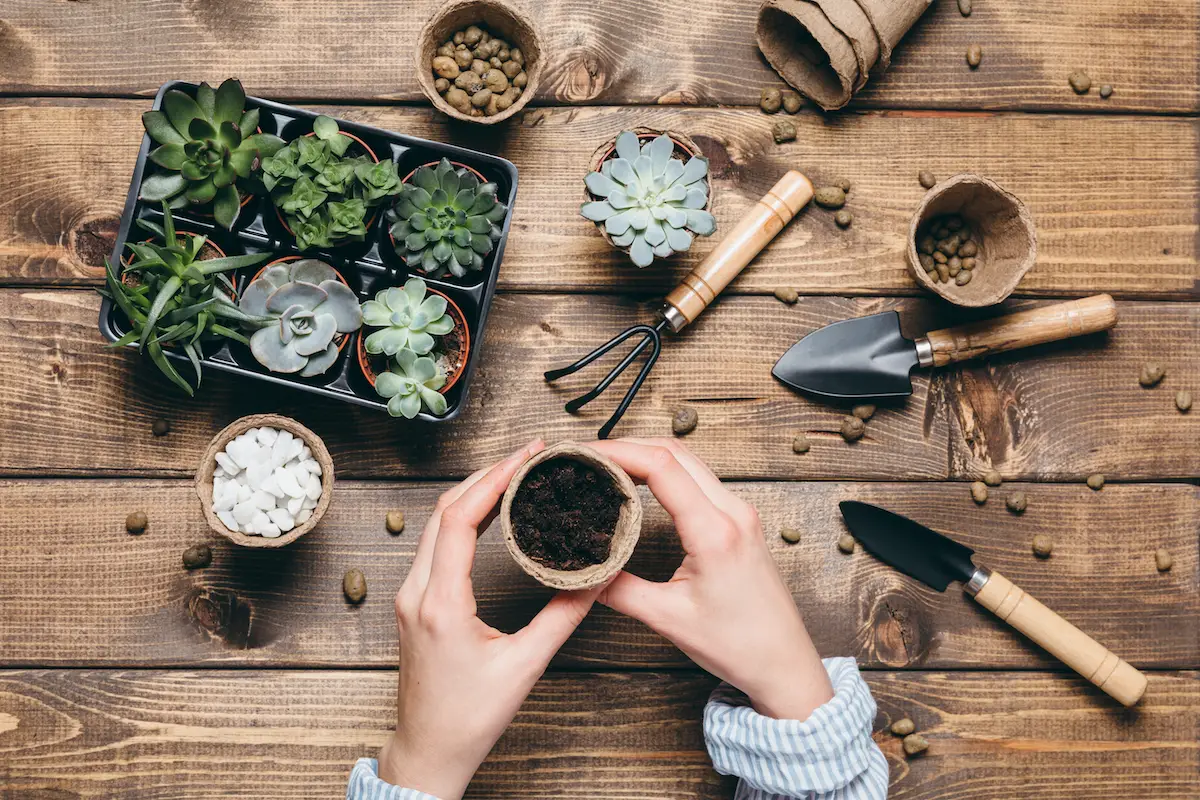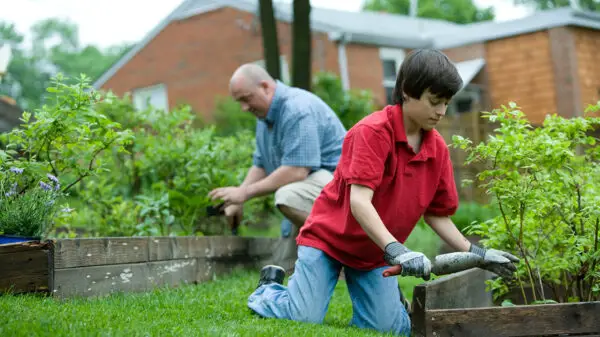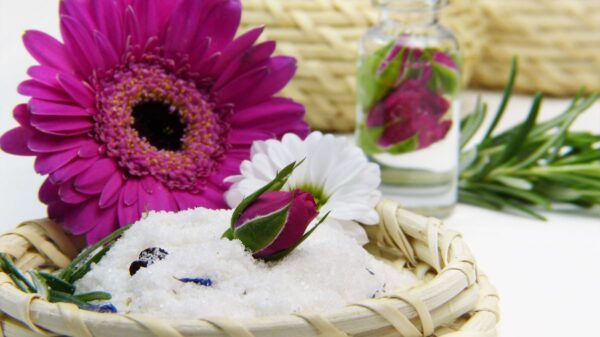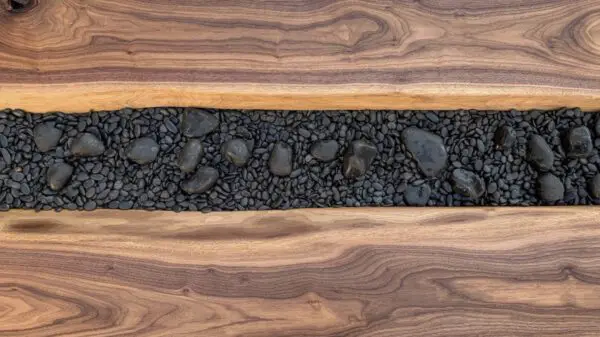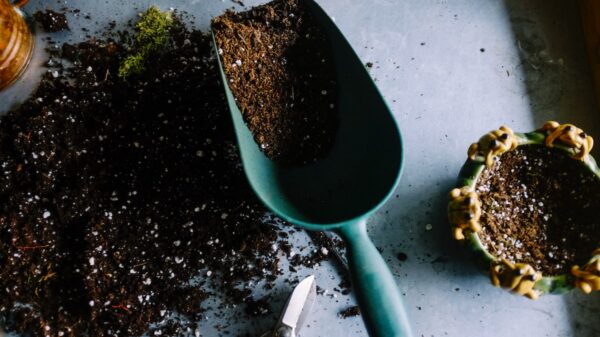Putting Together a Succulent Garden: How to Guide
Succulent gardens have become increasingly popular in recent years due to their low maintenance, unique beauty, and versatility. These gardens are made up of a variety of succulent plants that are known for their ability to thrive in dry conditions and store water in their leaves, stems, or roots. Creating a succulent garden is a great way to add a touch of natural beauty to your indoor or outdoor space, whether you’re a seasoned gardener or a beginner. So, how do you put together a succulent garden?
Here are the primary steps in how to put together a succulent garden:
- Choose the Right Container
- Select Your Succulents
- Prepare the Soil
- Plant Your Succulents
- Water and Care
- Regular Maintenance
In this guide, we will provide step-by-step instructions on how to put together a stunning succulent garden that is sure to impress. From selecting the right plants to choosing the perfect container, we’ll cover everything you need to know to create a beautiful and thriving succulent garden.
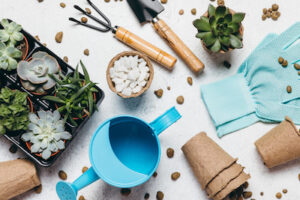
Succulents May Be The Way To Go
Succulents are a group of plants that have adapted to survive in arid and dry conditions. They are characterized by their thick and fleshy leaves, stems, and roots, which are able to store water and nutrients for extended periods of time. Succulents are found all over the world, from deserts to rainforests, and come in a wide variety of shapes, sizes, and colors.
Popular types of succulents include Cacti, Aloe Vera, and the Jade plant. Succulents are often sought after for their low maintenance and ease of care. They require minimal watering and can survive in a variety of light conditions, making them an ideal choice for those who may not have a green thumb or who have limited space.
When caring for succulents, it is important to provide them with well-draining soil and a container that has drainage holes. Overwatering can be detrimental to the health of a succulent, as it can cause the roots to rot. Instead, it is best to water succulents only when the soil has completely dried out.
Succulents can be grown both indoors and outdoors and can be propagated easily from cuttings or offsets. They can also be used in a variety of ways, from adding a pop of color to a windowsill to creating a stunning living wall.
In addition to their aesthetic appeal, succulents have a number of benefits. They are good for the environment, as they are known to help purify the air by removing toxins and can also help to reduce stress and anxiety.
Are There Places They Can’t Grow?
One factor that can limit the growth of succulents is extreme cold. While many succulents are able to withstand heat and drought, they are not well-suited for freezing temperatures. Some succulents, such as Agave and Yucca, can tolerate cold temperatures for short periods of time, but extended exposure to freezing temperatures can damage or kill the plant.
Another factor that can limit the growth of succulents is excessive moisture. While succulents are able to tolerate dry conditions, they are not well-suited for wet or humid environments. In areas with high levels of rainfall or humidity, succulents may be susceptible to fungal diseases or root rot. It is important to provide succulents with well-draining soil and to avoid overwatering them.
Succulents may also have difficulty growing in areas with poor soil quality or excessive shade. While many succulents are able to tolerate poor soil conditions, they do require well-draining soil that is rich in nutrients. In addition, succulents generally require bright, indirect sunlight to thrive. In areas with heavy shade or limited sunlight, succulents may struggle to grow and may become leggy or weak.
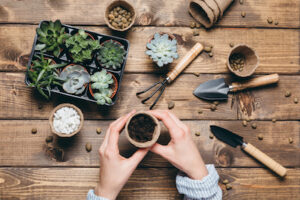
How Should I Start Planting A Succulent Garden?
With their unique shapes, textures, and colors, succulents can add a touch of natural beauty to any space. If you’re interested in planting a succulent garden, here are some tips to help you get started:
1. Choose the Right Container
Succulent gardens can be planted in a wide variety of containers, including terracotta pots, wooden boxes, and even old teacups. Whatever garden container you choose, make sure it has proper drainage holes to prevent water from pooling in the bottom.
2. Select Your Succulents
There are hundreds of different types of succulents to choose from, each with its own unique appearance and growing requirements. When selecting your succulents, consider the amount of sunlight they will receive and their water needs. Some popular succulents for beginners include Echeveria, Sedum, and Haworthia.
3. Prepare the Soil
Succulent soil should be well-draining and porous, as these plants are prone to root rot if they are kept in damp soil. You can either purchase a pre-mixed succulent soil or make your own by mixing equal parts potting soil, sand, and perlite.
4. Plant Your Succulents
Before planting, arrange your succulents in the container to determine the best placement. Once you’re happy with the arrangement, fill the container with soil, leaving enough room for the plants to grow. Gently remove the succulents from their pots, loosen any tightly packed roots, and place them in the soil. Cover the roots with soil and gently pat down.
5. Water and Care
Succulents do not require frequent watering, but it is important to water them deeply and thoroughly when you do. Wait until the soil is completely dry before watering again. Succulents prefer bright, indirect sunlight and should be kept in a warm location. Fertilize your succulent garden with a low-nitrogen fertilizer once a month during the growing season.
6. Maintenance
As your succulent garden grows, you may need to trim back some of the plants to maintain their shape and prevent overcrowding. Check the soil regularly to ensure it is not too damp, and remove any dead leaves or debris.

Popular Types of Succulents
One of the most common types of succulents is the cactus. Cacti are known for their spiny stems and can survive in extreme heat and drought conditions.
Another commonly grown succulent plant is Aloe Vera. Which is well-known for its medicinal properties and is commonly used in skincare products. This plant is easy to grow and requires minimal watering, making it perfect for those who have a busy schedule.
The Jade plant is another popular choice for a home garden. This plant is also known as the “money plant” due to the belief that it brings good luck and prosperity to the household. The Jade plant is easy to care for and can grow well in low-light conditions.
Other popular succulent plants include the Haworthia, Crassula, and Sedum. These plants come in a variety of shapes, sizes, and colors, and are known for their unique and fascinating appearance.
What Other Flowers Pair Well With Succulents?
If you’re looking to add some variety to your succulent garden, here are three flowers that pair well with succulents:
1. Lavender
Lavender is a fragrant herb that pairs well with succulents in a garden. The purple flowers of lavender add a pop of color to a succulent garden, while the aromatic scent of the plant can help to repel insects.
2. Black-Eyed Susan
Black-eyed Susan is a hardy perennial that pairs well with succulents in a garden. The bright yellow flowers of the plant can add a cheerful touch to a succulent garden, and the plant is known for attracting butterflies and other pollinators.
3. Echinacea
Echinacea, also known as coneflower, is a native North American plant that pairs well with succulents in a garden. The pink, purple, or white flowers of the plant add a pop of color to a succulent garden, and the plant is known for its medicinal properties.
Incorporating flowers into a succulent garden can add visual interest and attract pollinators. When choosing flowers to pair with succulents, it is important to consider the growing conditions and maintenance requirements of both plants to ensure they can coexist successfully.
In Closing
In conclusion, putting together a succulent garden can be a fun and rewarding project for any gardening enthusiast. With the right tools, materials, and knowledge, anyone can create a stunning and low-maintenance garden that will add natural beauty to their indoor or outdoor space. Remember to choose the right plants, potting soil, and container, and to provide adequate sunlight and water for your succulent garden to thrive. With a little bit of care and attention, you can enjoy the unique beauty of your succulent garden for years to come. So why not give it a try and create your own beautiful and thriving succulent garden today?


